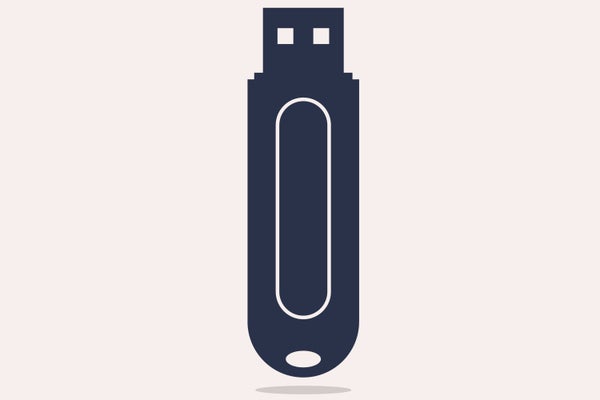This article was published in Scientific American’s former blog network and reflects the views of the author, not necessarily those of Scientific American
Lawyers and philosophers have already begun debating the ethical implications of an incipient future in which a memory is simply overwritten as if it were a digital file destined for the trash icon on your desktop. Biologists who still work with mice and other living things that don’t function like four-legged flash drives are often left to simply roll their eyes.
On Friday, SUNY Downstate’s Symposium on Neuroethics of Memory illustrated the lingering disparity between the two cultures, as C.P. Snowmight have phrased it. David Wasserman, the director of research at the Center for Ethics at Yeshiva University, raised the issue of when it might be appropriate to implant a “prosthetic” memory to enhance the verisimilitude in recalling a grandparent whose memory had faded into near oblivion.
After hearing this, David Glanzman, a researcher at UCLA who works on testing whether old memories can be damped down in sea slugs, pointed out a couple of oft-cited figures: the human brain has 100 billion neurons, each of which typically extends 10,000 connections to other neurons. Identifying the location of a specific memory to delete would be an overwhelming challenge. Integrating a new memory of grandma into this dense web of neural wiring would be a graduate project for the year 2250 or beyond. “It’s hard for me to understand how you’d add specific memories,” Glanzman commented. “That seems to me impossibly hard.”
On supporting science journalism
If you're enjoying this article, consider supporting our award-winning journalism by subscribing. By purchasing a subscription you are helping to ensure the future of impactful stories about the discoveries and ideas shaping our world today.
Downstate had good reason to consider organizing such a conference, however. One researcher there, Todd Sacktor, has done pioneering studies of a biomolecule known as PKMzeta, which serves as a kind of memory preservative. Once a memory is formed, PKMzeta ensures that it persists without degradation over the long haul.
The part where the science chips away at the fiction comes when you start to consider a molecule called ZIP that inhibits the activity of PKMzeta. Sacktor pointed out that ZIP could erase a person’s memories entirely. Wiped clean, the organ would essentially be a “blank slate” that could start learning anew. The person’s old identity would be irretrievably gone. The much-worn computer analogy here is not far-fetched at all. ZIP would, in essence, serve the same function as the reformat command on a hard drive.
The creepy science fiction aspect of it all really is enough to warrant thinking about preemptive efforts to ensure that ethics are taken into account before ZIP becomes a drug or a bioweapon. In the meantime, just make sure the doors of the Sacktor lab are locked tightly each night.
Source: Wikimedia Commons
